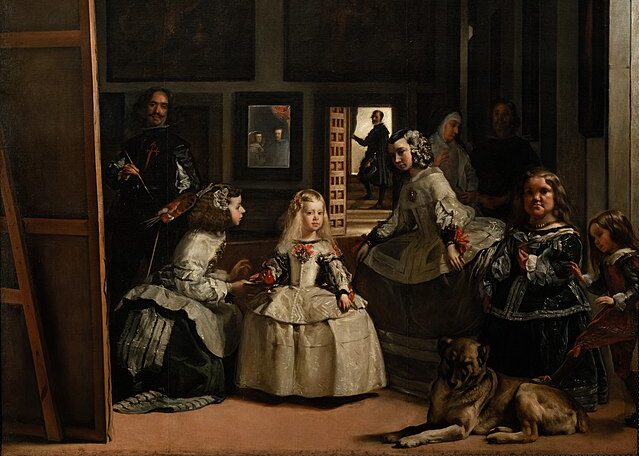Music, in its purest form, is an ephemeral art, existing only in the moment of its performance. However, throughout history, musicians and composers have sought ways to capture these fleeting sounds, to preserve and communicate their ideas across time and space. The result of this endeavor is music notation—a silent language that serves as the bridge between a composer’s imagination and the performer’s realization. In classical music, notation is more than just a set of instructions; it is a complex system of symbols that conveys not only pitch and rhythm but also dynamics, expression, and interpretation. This article delves into the origins, elements, and challenges of classical music notation, exploring how this silent language continues to shape the world of music.
The Origins and Evolution of Music Notation
Ancient Notation Systems
The history of music notation stretches back thousands of years, with early attempts at documenting musical ideas appearing in various ancient civilizations. The Greeks, for example, developed a system of notation that used letters to represent pitches, while the Mesopotamians created a rudimentary form of notation to record melodies and hymns on clay tablets. These early systems were limited in scope and primarily used for monophonic music, where a single melody was the focus.
However, these ancient notations lacked the precision and detail needed to fully capture the nuances of a performance. As a result, much of the music from these early periods has been lost or remains difficult to interpret, leaving modern scholars to piece together the musical practices of the past from fragmentary evidence.
The Birth of Modern Notation
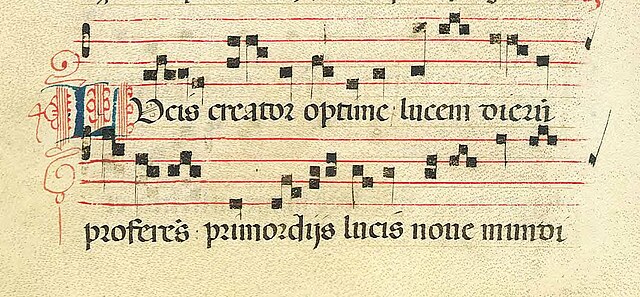
This part of the leaf holds the chant “Lucis creator optime lucem…” that translates to “Father of Lights, by whom each day
Is kindled out of night…”
The foundations of modern music notation were laid during the Medieval period, particularly with the development of neumes in the 9th century. Neumes were simple marks placed above the text of a chant to indicate the general shape of the melody—whether it moved up, down, or remained the same. Although neumes did not specify exact pitches or rhythms, they provided singers with a rough guide to the melodic contours of the chant.
The introduction of the staff by Guido d’Arezzo in the 11th century revolutionized music notation. By using lines and spaces to represent specific pitches, the staff system allowed for greater precision in documenting melodies. This development marked a significant step toward the notation system we recognize today, where each note’s position on the staff indicates its pitch, and its shape indicates its duration.
During the Renaissance, notation continued to evolve, becoming more detailed and capable of representing polyphonic music—where multiple independent melodies are sung or played simultaneously. The increasing complexity of music during this period necessitated a more sophisticated notation system, leading to the addition of time signatures, bar lines, and more elaborate rhythmic notation.
The Refinement in the Baroque and Classical Eras
By the time of the Baroque and Classical periods, music notation had become highly standardized, allowing composers to write complex, multi-voice compositions with precision. Composers like Johann Sebastian Bach, Wolfgang Amadeus Mozart, and Ludwig van Beethoven relied on this standardized notation to communicate their intricate musical ideas to performers across Europe.
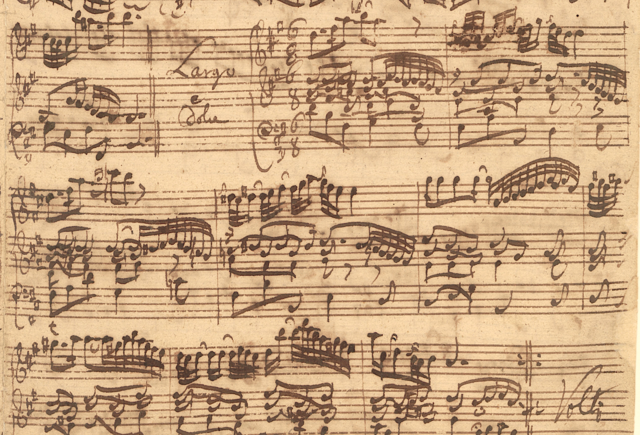
In the Baroque era, ornamentation—such as trills, mordents, and appoggiaturas—became an essential aspect of musical performance. While some ornaments were written explicitly in the score, others were left to the performer’s discretion, reflecting a practice where notation served as both a guide and a framework for interpretation. By the Classical period, notation had reached a level of detail that allowed composers to convey their intentions with remarkable clarity, ensuring that their works could be performed consistently across different ensembles and venues.
The Elements of Music Notation
Pitch and Rhythm

At the heart of music notation are the elements of pitch and rhythm. Pitch is represented by the placement of notes on the staff, with each line and space corresponding to a specific pitch determined by the clef—whether it be treble, bass, alto, or tenor. The shape of the note (whole, half, quarter, etc.) indicates its duration, while rhythm is further defined by the time signature, which organizes the music into measures or bars.
The rhythmic notation also includes rests, which indicate periods of silence, and various symbols for dotted notes and ties, which modify the duration of notes. Together, these elements provide a precise framework for the timing and pacing of the music, allowing performers to accurately render the composer’s intended rhythms.
Dynamics and Expression Marks
Beyond pitch and rhythm, classical music notation includes a rich vocabulary of dynamics and expression marks, which guide performers in how to play the music. Dynamics, indicated by symbols like p (piano, meaning soft) and f (forte, meaning loud), tell the performer how loud or soft to play, while crescendo (<) and diminuendo (>) marks indicate gradual changes in volume.
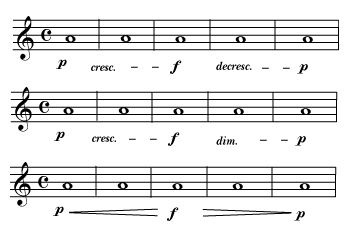
https://courses.lumenlearning.com/
Expression marks such as legato (smoothly connected notes) and staccato (short, detached notes) provide further instruction on how to articulate the notes. These marks are essential for conveying the character and mood of a piece, transforming the notes on the page into a living, breathing performance.
Articulation and Phrasing
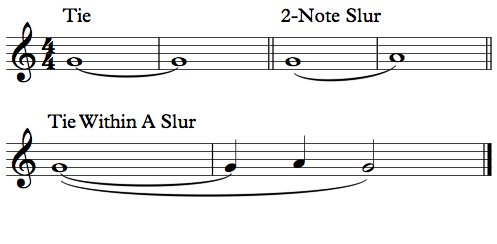
https://musictheoryde-mystified.com/
Articulation and phrasing are crucial elements that shape the flow and expressiveness of the music. Slurs, ties, accents, and other marks indicate how notes should be connected or separated, emphasizing certain beats or creating a sense of continuity or contrast within a musical phrase. Phrasing marks help performers understand the larger structure of the music, guiding them in shaping each phrase with a beginning, middle, and end.
Tempo Indications
Tempo, the speed at which music is performed, is another key element of notation. Tempo indications, such as Allegro (fast), Adagio (slow), or Andante (moderate), provide a general guideline for the pace of the music. However, tempo can also be modified with more specific instructions, such as ritardando (gradually slowing down) or accelerando (gradually speeding up), allowing for flexibility and expression within the performance.
- Largo – 40-60 BPM (Very slow and broad)
- Adagio – 66-76 BPM (Slow and stately)
- Andante – 76-108 BPM (Walking pace)
- Moderato – 108-120 BPM (Moderate tempo)
- Allegro – 120-168 BPM (Fast and lively)
- Presto – 168-200 BPM (Very fast)
- Prestissimo – 200+ BPM (Extremely fast)
- Grave – 25-45 BPM (Slow and solemn)
- Lento – 45-60 BPM (Slow)
- Vivace – 168-176 BPM (Lively and fast)
- Allegretto – 112-120 BPM (Moderately fast)
- Larghetto – 60-66 BPM (Slightly faster than Largo)
- Maestoso – 72-84 BPM (Majestic and stately)
- Ritardando – (Gradually slowing down)
- Accelerando – (Gradually speeding up)
Ornamentation and Interpretation
Ornaments—decorative notes that embellish the main melody—are a distinctive feature of Baroque and Classical music. These include trills, mordents, turns, and grace notes, each of which adds a layer of complexity and elegance to the music. The interpretation of these ornaments has evolved over time, with different eras and schools of performance practice favoring different approaches.
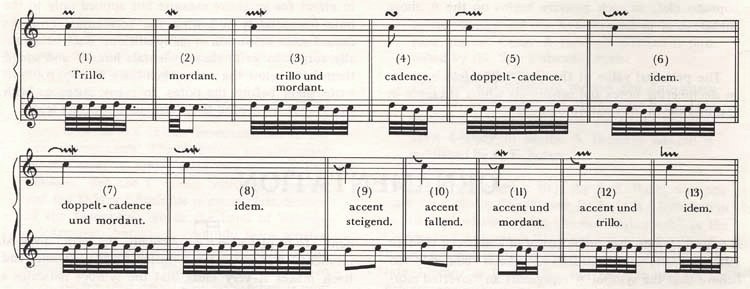
In the Baroque period, for example, performers were often expected to add their own ornaments, improvising embellishments that suited the style of the piece. By the Classical period, ornaments were more frequently notated, giving performers clearer guidance while still allowing for some degree of personal interpretation.
The Role of Notation in Interpretation
From Page to Performance
While music notation provides the blueprint for a piece, it is the performer’s interpretation that brings it to life. This process involves more than just reading the notes on the page; it requires an understanding of the music’s style, context, and emotional content. Performers must make decisions about phrasing, dynamics, and tempo that align with the composer’s intentions while also reflecting their own artistic sensibilities.
The silent language of notation is thus a starting point—a means of communication between the composer and performer. But the final realization of the music depends on the performer’s ability to translate these symbols into sound, creating a performance that resonates with audiences.
Historical Performance Practice
Understanding historical performance practice is crucial for interpreting classical music notation, especially for works from the Baroque, Classical, and early Romantic periods. This involves studying how music was performed in the composer’s time, including the instruments used, the typical tempos, and the stylistic conventions of the era.
For example, Bach’s music is often performed on period instruments such as the harpsichord and baroque violin, with attention to Baroque tuning systems and ornamentation practices. Similarly, Mozart’s operas are frequently staged with historically informed gestures and stagecraft, bringing the music closer to its original context. By engaging with historical performance practices, musicians can bring a deeper level of authenticity and understanding to their interpretations.
Contemporary Interpretations
In contemporary performances of classical music, musicians must navigate the balance between adhering to the score and allowing for personal expression. While some performers strive for a faithful recreation of the composer’s intentions, others take a more flexible approach, bringing their own interpretative ideas to the music.
This balance is particularly important in the interpretation of romantic and modern music, where the notation may include more detailed instructions for expression and dynamics, but still leaves room for the performer’s individual voice. The challenge lies in interpreting these instructions in a way that remains true to the spirit of the music while allowing for creative expression.
Challenges and Mysteries in Notation
Deciphering Ancient Scores
One of the greatest challenges in classical music notation is deciphering ancient scores, particularly those from the Medieval and Renaissance periods. Many early music manuscripts are incomplete, ambiguous, or written in notational systems that are difficult to interpret. This can make it challenging for modern musicians to perform these works with accuracy and authenticity.
Scholars and performers often rely on a combination of historical research, educated guesswork, and practical experimentation to bring these ancient scores to life. This process can be both rewarding and frustrating, as it involves piecing together a musical puzzle that has been lost to time.
The Composer’s Intent vs. Performer’s Interpretation
A longstanding debate in classical music revolves around the extent to which performers should adhere to the written score versus bringing their own interpretation to the music. Some argue that the composer’s intent, as captured in the notation, should be followed as closely as possible, while others believe that the performer has a right to interpret the music in a way that reflects their own artistic vision.
This debate is particularly relevant in music from the Romantic and Modern periods, where composers often included detailed instructions in the score but also left room for personal interpretation. The tension between fidelity to the score and interpretive freedom is a key aspect of the art of classical music performance.
Notation in Avant-Garde and Contemporary Music
In the 20th and 21st centuries, composers have pushed the boundaries of traditional notation, creating new challenges for performers. Avant-garde and contemporary music often features unconventional notations, such as graphic scores, proportional notation, and open-form compositions, which require performers to engage with the music in entirely new ways.
These modern notations challenge the traditional roles of composer and performer, often blurring the lines between composition, improvisation, and interpretation. As a result, performers of contemporary music must be highly adaptable, able to navigate these new notational languages and bring innovative works to life.
The Future of Music Notation
Digital Notation and Technology
The advent of digital technology has transformed the world of music notation, offering new tools for composers, performers, and educators. Digital notation software, such as Finale, Sibelius, and Dorico, allows composers to create and edit scores with unprecedented ease and precision. These programs also enable performers to access and annotate digital scores, making the rehearsal and performance process more efficient.
In addition, digital notation has made it easier to share and distribute music across the globe, fostering collaboration and innovation in the classical music community. With the rise of online platforms and virtual performances, digital notation is likely to play an increasingly important role in the future of music.
Innovations in Notation
As music continues to evolve, so too does its notation. Some contemporary composers are experimenting with alternative notation systems that challenge traditional concepts of pitch, rhythm, and form. These innovations include microtonal notation, which allows for the notation of pitches that fall between the traditional notes of the Western scale, and graphic scores, which use visual symbols and shapes to represent musical ideas.
These new approaches to notation reflect the diversity and creativity of contemporary music, offering new ways to explore sound and expression. While these systems may never replace traditional notation, they provide valuable tools for composers and performers seeking to push the boundaries of classical music.
Preserving the Tradition
Despite these innovations, traditional music notation remains a fundamental part of classical music education and performance. Teaching notation is essential for preserving the rich heritage of classical music, ensuring that future generations of musicians can continue to engage with the works of the past.
Moreover, the ability to read and interpret music notation is a crucial skill for any classical musician, providing a foundation for understanding the structure, style, and expression of the music. As such, the study of notation will continue to play a vital role in the training of classical musicians, helping to keep the tradition of Western classical music alive and thriving.



